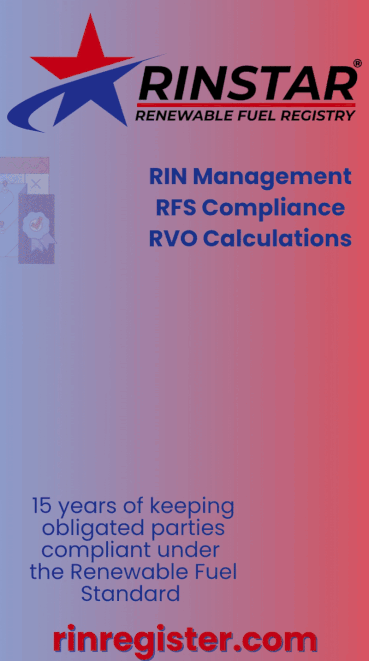Renewable diesel consumption continues general growth trend on US West Coast
- The U.S. Energy Information Administration
- Feb 18
- 2 min read
Updated: Feb 24

Renewable diesel is increasingly replacing petroleum diesel on the U.S. West Coast, where state-level policies are attracting new production capacity and shipments to the region.
The fuel continues to mostly be consumed in California but is also making up a substantial share of Oregon’s and Washington’s smaller distillate pools, according to quarterly data published by California, Oregon and Washington.
Although some renewable diesel is consumed in other regions, such as the U.S. East Coast, the fuel is primarily consumed on the West Coast because California, Oregon and Washington have active clean-fuel programs that incentivize its consumption.
West Coast renewable diesel consumption has approximately doubled since the first quarter of 2023, with increased domestic production supplying most of the growth.
Much of that production growth has come from California, where Marathon’s Martinez plant and Phillips 66’s Rodeo plant have added new capacity.
Most of the remaining growth has come from increasing production in other parts of the United States, where renewable diesel plants are commonly producing fuel to ship to the West Coast via rail, tanker or barge.
In November, the most recent month for which the U.S. Energy Information Administration has historical data, renewable diesel production on the West Coast totaled more than 90,000 barrels per day—almost four times the volume from early 2023 and making up about 45 percent of the region’s consumption of renewable diesel.
Interregional rail shipments supplied about 20 percent of West Coast consumption, tanker or barge shipments contributed almost 25 percent, and the remaining demand was met through imports and inventory draws.
EIA’s analysis of data published by California, Oregon and Washington suggests most renewable diesel is consumed in California, although consumption is generally increasing in all three states.

More renewable diesel is also consumed in California as a share of all distillate used for transportation.
In the third quarter of last year, renewable diesel made up nearly 65 percent of distillate fuel consumed in California for transportation, a decrease from nearly 70 percent the previous quarter, and biodiesel made up more than 5 percent.

In Oregon, biofuels made up about one-quarter of the transportation distillate fuel consumed in the third quarter of 2024, with renewable diesel making up about twice the share of biodiesel.
Like in California, the share of biofuels in Oregon was down from the previous quarter, when biofuels made up one-third of the state’s transportation distillate fuel supply.
In Washington, during the second quarter of 2024, about 20 percent of the transportation distillate fuel consumed in the state was biofuels, with more than 15 percent coming from renewable diesel.

























-RKstandin.jpg)





